Addo NP is the quintessential elephant park of South Africa. The elephant is one of the most imposing, elegant and majestic animals you can see on a safari. Also, he is considered one of the smartest. If you love these animals and want to spend a day watching them, this is the place for you.
Addo NP is the third largest national park in South Africa after the Kruger NP (if you want to see our experience there, you can click here), and Kgalagadi Transfrontier Park. It is home to approximately 700 elephants, and you can also see the other big five (lions, leopards, buffalo and rhinos) and the famous flightless dung beetles.
The Addo NP has been a park with a history of success thanks to the conservation plan of the area that has been made since 1931. Before that date, it reached a point where there were only eleven elephants left because of the hunters of settlers in this region who cultivated land and raised livestock. Efforts have been made to increase the number of hectares in this park and to allow more animals to live there.
This park is divided into two parts: the terrestrial part and the marine part. In the marine part, located next to Port Elizabeth, you can see dolphins, white sharks, penguins and, when the time comes, whales. Addo NP is a little-known park, but it has stunning scenery. In addition, it is a park that we find very suitable for families with children, as there is a very pedagogical interpretation center and the distances are short. For us, it is a must stop during your tour around South Africa.
How to get there?
If you come from the north, follow the N10 towards the town of Paterson, and turn right (the R342) until you reach the gate of the Main Camp of the Addo NP. If you are coming from the south, from Port Elizabeth, you will need to follow the N2 which will take you to the town of Colchester, and there on your left you will find the gate of Matyholweni Camp to access the interior of the Addo NP.
The access roads to the Addo NP are paved and in good condition. In addition, most of the routes within the park can be done without the use of an all-terrain vehicle. We saw a lot of cars visiting this national park. If you like the world of 4×4, there are two areas within the park (Darlington and Kabouga Area) where you can do all-terrain routes with a prior booking to the Main Camp reception at Addo NP. In addition, from the reception, you can also book safaris with cars from the park that will take you to visit the different places of Addo.
This park is located just before the start of the Garden Route, a coastal route from Port Elizabeth to Cape Town on the N2 through various national parks, forests, waterfalls, rivers, mountains and lagoons; among others. If you want to know our experience on the Garden Route, you can click here. The Addo NP is a good stop before entering into the coast.
Permits and prices
The Addo NP is run by Sanparks, the organization that manages most of the country’s natural parks. Entrance fee is 360 rands per person. You can pay by credit card. The opening hours for this park are from 7am to 7pm.
In South Africa, however, there is the possibility of buying the Wild Card. The Wild Card is a card that allows you to visit all the parks in South Africa without having to pay for each day you visit them. It’s a great option if you visit a few parks or spend many days in the same park. It lasts one year. From the day of purchase until after 365 days, you can visit more than 80 parks in the country, including the Addo NP.
You can buy the Wild Card online here and you will receive an email with proof of purchase that you can print and show at the park gates. At the same time, if you book accommodation within a national park, remember to indicate that you have a Wild Card, so you don’t have to pay conservation fees and only pay for the accommodation you book.
Wild Card prices depend on whether you buy the card for one person, for a couple, or for a family. At the same time, it depends on how many parks you want to get on your card. If you check their website, you will be able to see a list of parks for each option and make the relevant calculations. As we traveled all over South Africa, we bought the ALL PARKS CLUSTER INTERNATIONAL option for a couple, and it cost us 5.100R. It’s a lot of money at once, but once you start doing park calculations and the number of days you’ll be there, it usually pays off. So, before you start the trip, we recommend that you make a list of all the parks you will visit, check the entry fees and compare it with the Wild Card. In this way you will see if it really pays off or not for your journey!
What to do in Addo Elephant NP?
The main activities we recommend during your visit to the Addo NP are:
– Visit all possible waterholes and enjoy the animals that go there to drink water
We advise you to follow the route of the park following all the water points you find, so you will make sure to see animals, especially families of elephants that go to drink water in the different waterholes. Once there, stop the car engine and enjoy the show. You’ll be amazed at how quickly time passes by seeing these fantastic animals that can drink over 200 liters of water a day, showering and scrubbing in the mud of the waterholes. If you want to know more about these fantastic animals, you can click here.
Try to keep a safe distance and leave a space for them to pass freely. Above all, be quiet so that the animals will act normally and not be on alert. Never stand in the middle of a mother and her baby because she will get angry and go after you to protect her.
At the Addo NP you will find several signposted waterholes. When you pay the corresponding entry fees or check in at the reception, they will give you a map of the park where you can see the different waterholes throughout the park. We highlight:
- Domkrag Dam: This waterhole (point number 3 on the map) is very close to the Main Camp. It’s one of the first places to stop and see if you’re lucky enough to find elephants. When we returned from our safari to the Main Camp, we found a family that was cooling off. However, consider that there are many more waterholes in the park, so keep this in mind when planning your route. Near the Domkrag Dam there are some viewpoints such as the Zuurkop Lookout point where you can go down (at your own risk) to see the immensity of the Addo NP.
- Ghwarrie Pan and Rooidam: These two adjacent points (points 12 and 13 on the map) are in the westernmost part of the park. These are waterholes are further away, but you can find a lot of animal life in them. We found other species of animals other than elephants, such as different types of antelopes and ostriches.
- Marien Baree Waterhole: This waterhole (point 26 on the map) is located between Main Camp and Colchester. There, we were lucky enough to see large herds of elephants returning to drink water and bathe. Some even fought among themselves. We saw all kinds of them: dominant males, females, young, giant elephants… An incredible spectacle!
- Hapoor Dam: This waterhole (point number 22 on the map) is located near Mpunzi Loop; and it is a place of passage for many elephants who go to drink water. There, you’re next to the water, so if you’re lucky you’ll see them up very close. We watched a pair of elephants dive underwater and play with each other; while we were well in silence right next to them.
– Try not to run over any flightless dung beetles
The flightless dung beetle is an endangered species. You will find signs throughout the park warning you to slow down so as not to run over them. They are usually found near the excrement of other animals. There, the beetles take the opportunity to lay their eggs and make their famous balls.
It’s interesting to stop and see the great work they do up and down pushing their balls of feces and grass with their hind legs. We tried not to run into any of them, but we warn you that it is a very difficult mission because of the amount of elephant droppings and flightless dung beetles that you will encounter along the way. A small animal, but with a very curious story.
– Visit the Addo NP Interpretation Center
This interpretation center, which is free to visit, has interesting information for young and old to discover about the history of the park, ecology, species conservation… The stories of the Domkrag turtle that wanted to raise with its shell the cars putting itself under it; and also, that of the Hapoor elephant, a dominant male elephant that killed the buffaloes facing it and destroyed the surrounding farmland, are very interesting.
In addition, you will be able to find different interactive elements such as finding out which animal the footprints you will find are from, or transporting a ball like a flightless dung beetle does. An interesting and educational stop to make during your visit to Addo NP.
– Stay at the Main Camp and visit the viewpoint under a waterhole
Addo NP offers accommodation within the park which is in very good condition. After a drive around the park, you can sleep there while you rest or swim in the swimming pool. In addition, there is a waterhole that lights up at night and where you can see different animals.
During the last hours of the day, when the gates of the park are closed, you can visit this waterhole where elephants and other animals such as hyenas usually go. It has an elevated viewpoint, and another hidden just underground the waterhole. You can get there by going through the interpretation center and following a path that we advise you to do in silence. From there, you can take a closer look at all the animals that come to water. Take a few beers with you and enjoy!
– Try to see other animals and find the only lion specimens in the Addo NP
As we have said, the Addo NP stands out for its large presence of elephants. But that is not all. You will also find other animals, such as lions. There are very few specimens of lions there, so you can become an explorer and go looking for these cats during your stay at the Addo NP.
We were lucky to find them, so we’ll give you a clue. The Addo rangers told us that they are often located in the southern part of the park, near Ngulube Loop or Harvey’s Loop. The southern part is more mountainous and has fewer waterholes and more vegetation. Therefore, drive slowly so that the lions can appear at any time.
Where to sleep in Addo Elephant NP?
Inside the Addo NP you will find the Main Camp where there is the main reception and different types of accommodation for all audiences: tents, cabins, family cottages… They also have a camping area where you can put your tent, caravan, van… All camp places have a light and water point, toilets and showers and a kitchen area. In addition, the Main Camp has a small shop in case you need something to eat, wood, drinks… There is also a restaurant that everyone talks about very well (Cattle Barron), where you can eat for about 10 USD. And finally, it has a swimming pool where you can cool off during the hottest hours.
We slept inside the Addo NP, a place we highly recommend as it is in very good condition and very well located for visiting the park. In addition, there is a waterhole that lights up at night and where you can see animals up close. If you want to know the prices of the different types of accommodation in the Main Camp, you can find them in this Sanparks link.
If you want to sleep outside the park, you will also find several options in Colchester, on the south, or Paterson. In addition, inside the park there are private lodges with all the luxuries and for very high budgets, such as the Gorah Elephant Camp, River Bend Lodge and Kuzuko Lodge.
Our route
DAY 1: The day before, we had traveled more than 1.200 kilometers from Graskop to Cradock, a town next to the Mountain Zebra NP. We took advantage of the day to travel to listen to music, different podcasts from El Bunquer, and talk with Joan and Berta, our friends who came to see us in South Africa. During that day, before arriving at the Irelander accommodation in the village of Cradock, we were able to enjoy a fantastic sunset on a road empty of vehicles and passing between large empty areas of land, and the crossing of the Orange River.
After driving all day before, we woke up in Cradock and by 11am we were at the Addo NP reception. There, we did all the paperwork and chose our camping spot. That day, we would sleep there while enjoying a visit to a rather unknown park, but with many surprises.
We went on our first safari with our car along the park paths. Really, there were roads in very good condition that you could do without any problem with any tourism. We were surprised to find a lot of signs with the drawing of the flightless dung beetle, warning us to be careful not to run over them. We stopped several times to watch the balls build and see how they moved. Some cars stopped thinking we had seen a big animal, but when they saw that we were looking at beetles, they started laughing and continuing their route. But flightless dung beetles are also an animal to keep in mind and, according to Joan, very interesting!
On our first safari in Addo NP, we came to Hapoor Dam, a waterhole where we were lucky enough to see a family of elephants drinking water and passing by very close to our vehicle; and then two elephants soaking and diving as if they were submarines under the brown water of the waterhole. They were really enjoying themselves as children in a bathtub.
After this funny scene, we went to the Main Camp to prepare our lunch and swim in the swimming pool. That afternoon it was time to relax after the whole marathon day of the day before. The swimming pool at Main Camp was great, and we could see also a big turtle!
Before dinner, we approached to the animal interpretation center and with four beers, we walked to the underground viewpoint from where we waited for an animal to approach. Unfortunately, we were not lucky enough to see animals as other people had it im other days. But the beers were still running out while the sun was hiding in the mountains.
It was time for dinner and sleep amid the noise of hyenas howling in the distance. The next day, we would do a safari at the southern part of the Addo NP in search of the few lions, before leaving and driving to the start of the Garden Route, our next stop after the Addo NP.
DAY 2: We didn’t get up very early that day, as we usually do on safaris. At the Kruger NP, for example, we used to get up at 4:30 in the morning to discover the animals during the early hours of the day. Elephants, however, go free and sleep very few hours; so, we got up later, picked it up, and headed south to the Addo NP.
On the way, we saw different elephants crossing in the middle of the road, as well as a lone male throwing sand over it. He was in a time of zeal, and it made him more aggressive than usual. So much so that it even marked our ground, and we had to leave fast! Suddenly, on a climb, we saw some cars parked. We approached it. They were next to the Marien Baree Waterhole. When we overtook them without knowing what they were seeing, we were completely petrified! There were dozens of herds of elephants soaking in the waterhole; some who left while others came; some that marked ground; pups trying unsuccessfully to get out of the waterhole; young elephants fighting among themselves; solitary males and a large concentration of elephants. Really the biggest concentration we had ever seen in all of South Africa!
We stayed for a while, watching them intently, capturing hundreds of photos with each movement, and enjoying that spectacle of such wild nature. When you’re there, time passes quickly! When we realized what time it was, we decided to keep looking for the lions… Otherwise, we would not reach the Tsitsikamma NP, our next destination!
That day, the guard of the Main Camp gate told us that the Ngulube Loop or Harvey’s Loop are where the lions are. We drove to the junction where these two roads separate, and there we found some parked cars. We didn’t see any elephants, so we assumed they were the lions of the Addo NP.
We approached it and stood in line, but the cars often went in a totally anarchic way. Lions could only be seen from a position where there was a car that never left. Sometimes when you go on safaris in more accessible parks like the Addo NP, you should be aware that you will find other vehicles and that you may have to wait to see the animals. We, as in the butchery, waited until we could see the lions.
There, sitting, was a lioness who looked, with her gaze, as if she had a vision problem. Behind, was another lioness; and in between, a turtle that shared space with these felines. It was so funny to see the shell of this animal between the two lionesses! We were really lucky to have discovered the few lions in the Addo NP.
Now, we were saying goodbye to the park after a day full of elephants, heading for the Garden Route, our next stop on the trip. We were already looking forward to seeing the sea and the South African coast, so we made our way to Tsitsikamma NP. We had woken up to a sunny and radiant day; and now, we came to the Garden Route under a downpour and heavy rains that accompanied us for more than a day there.


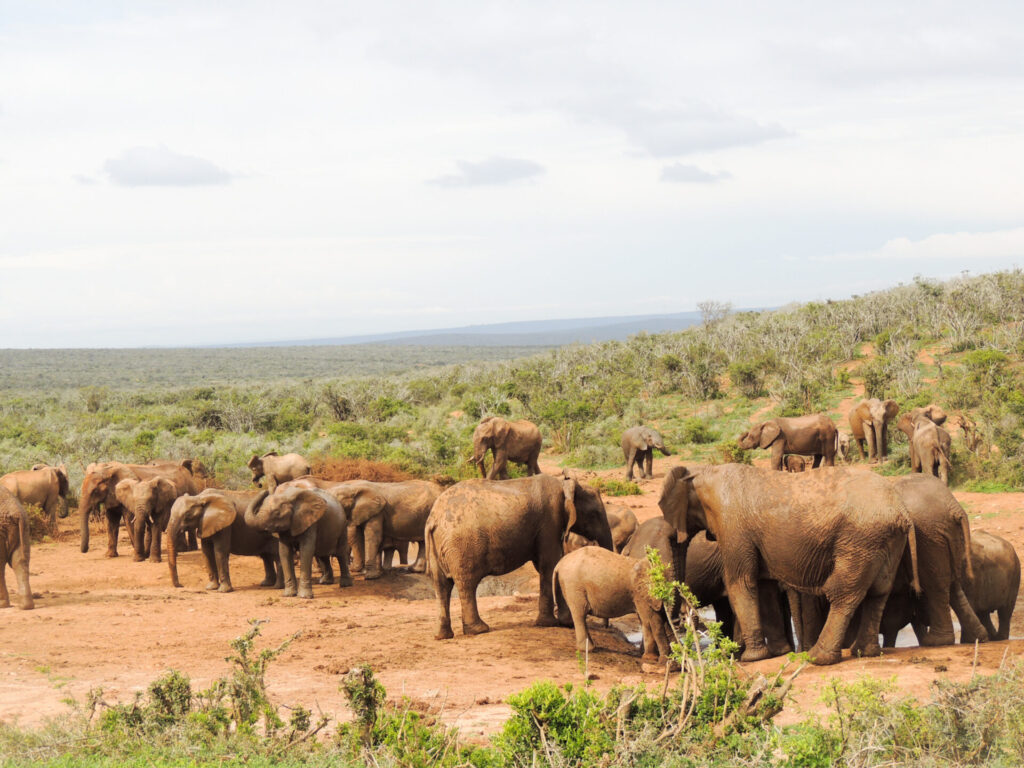
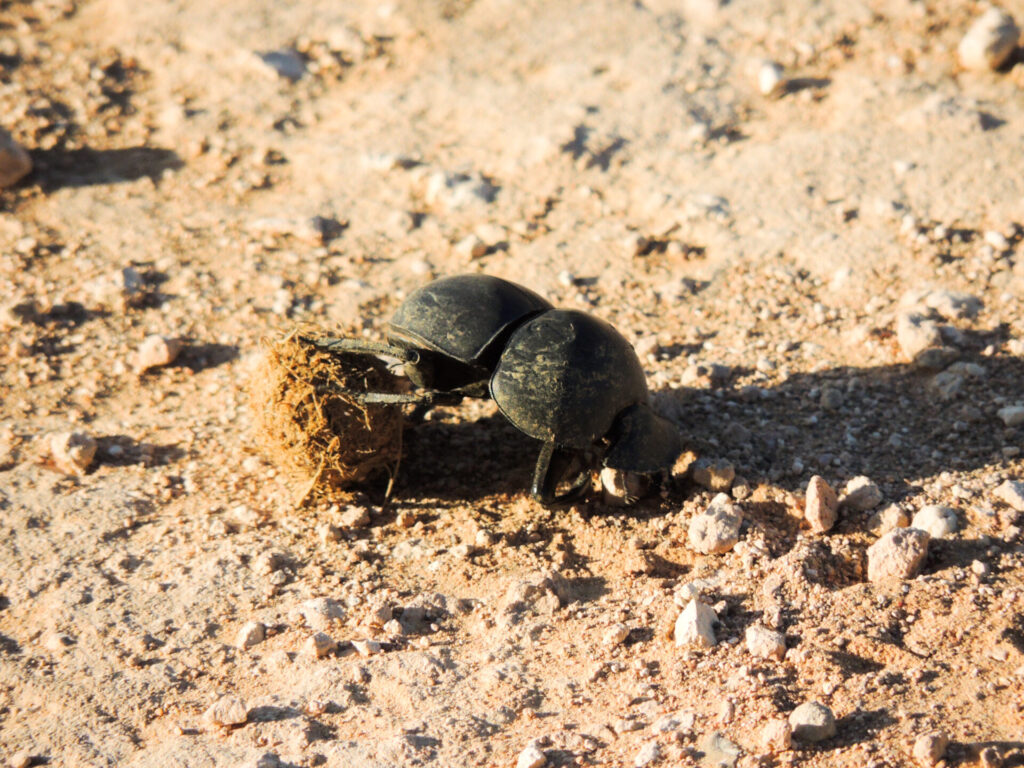
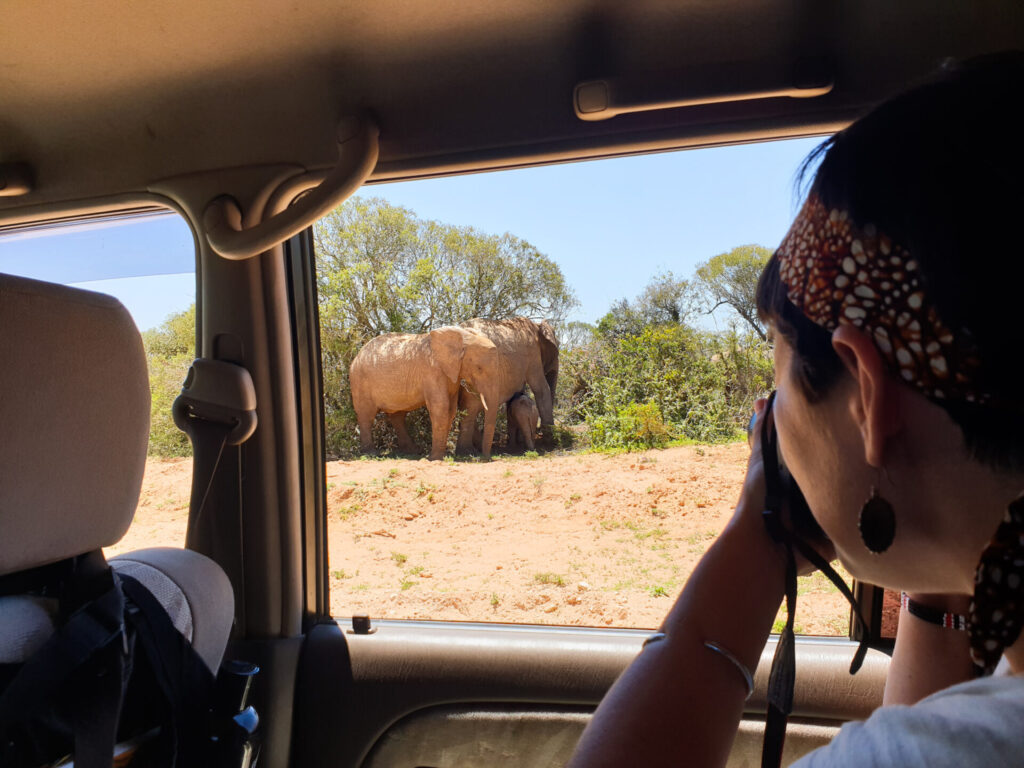


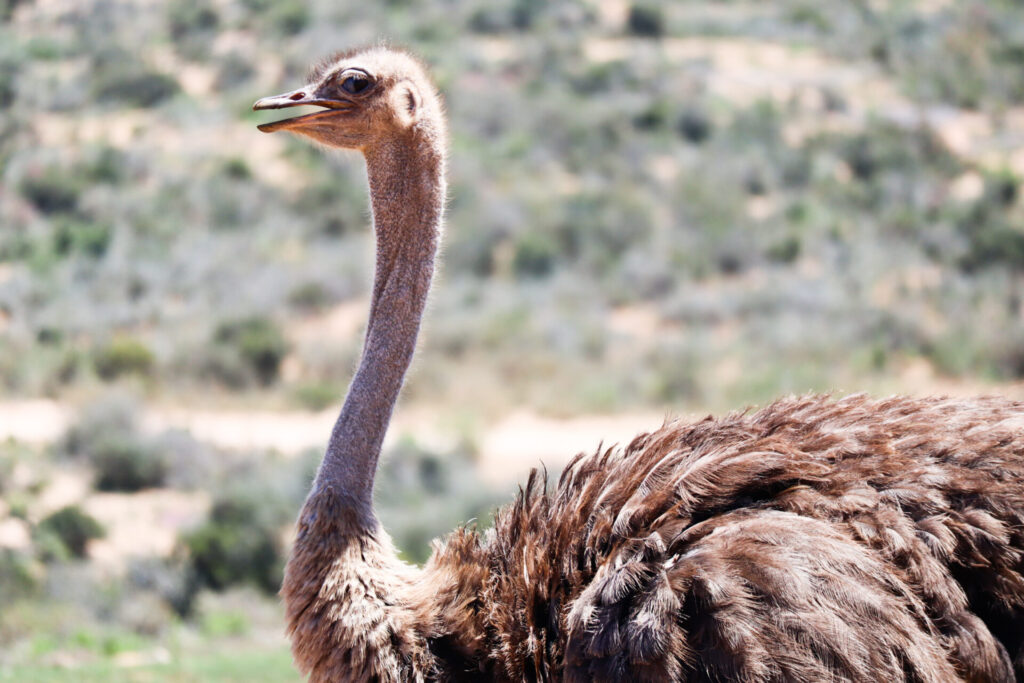
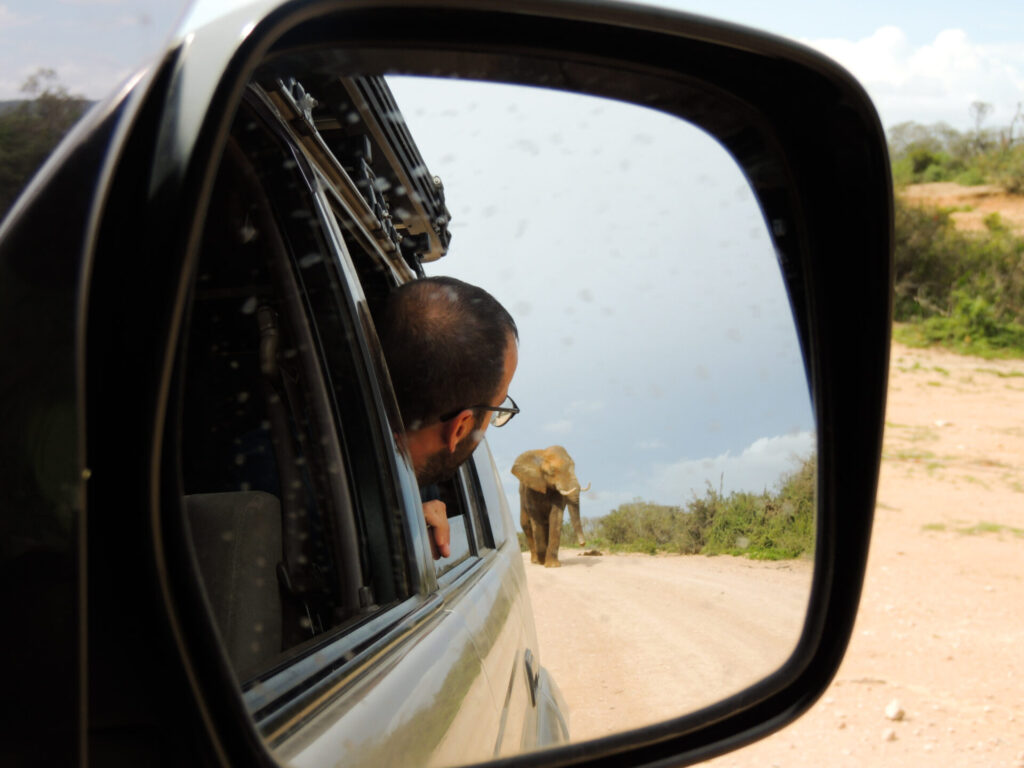
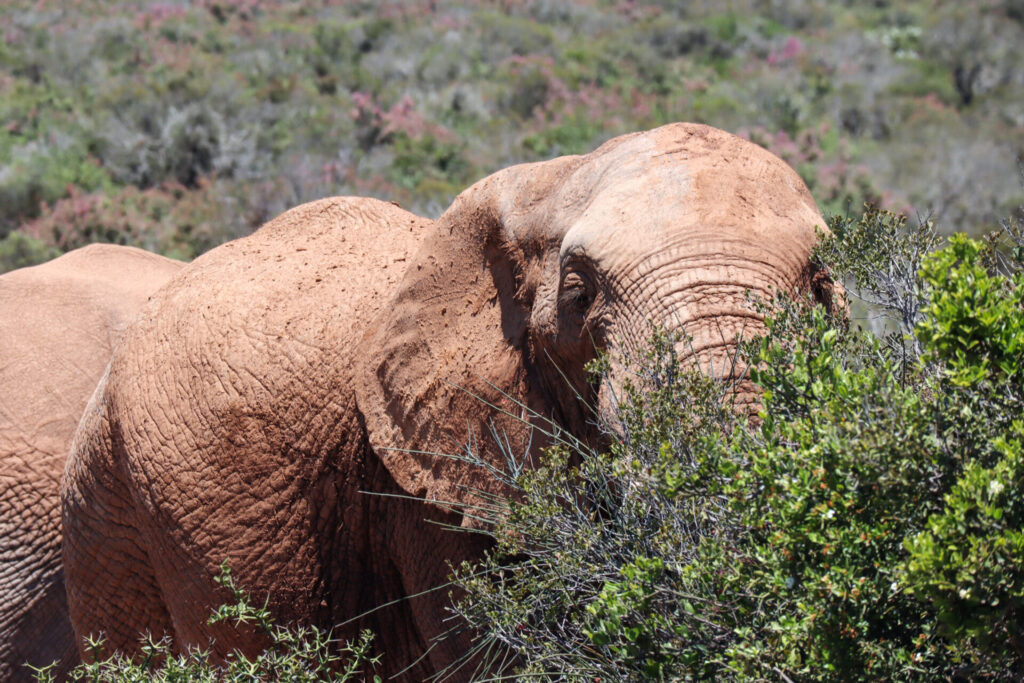

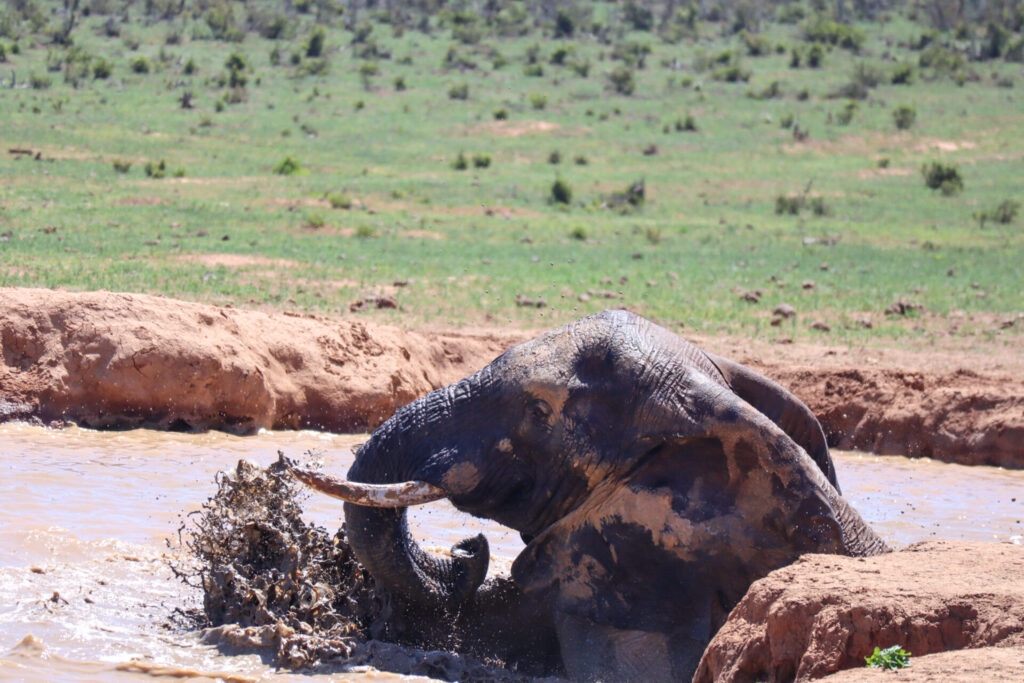

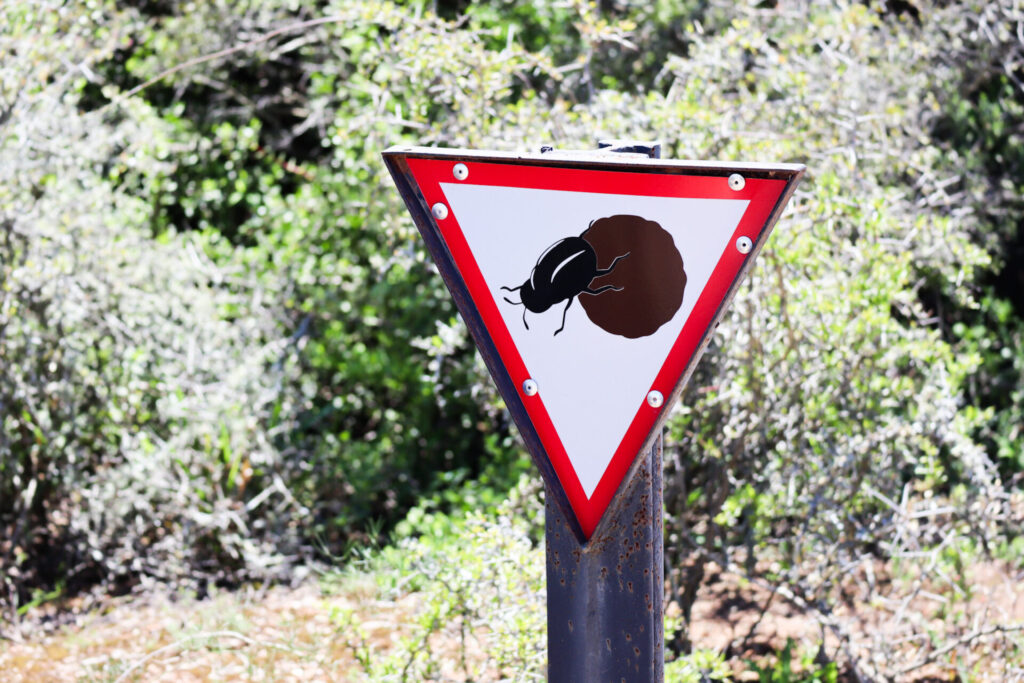


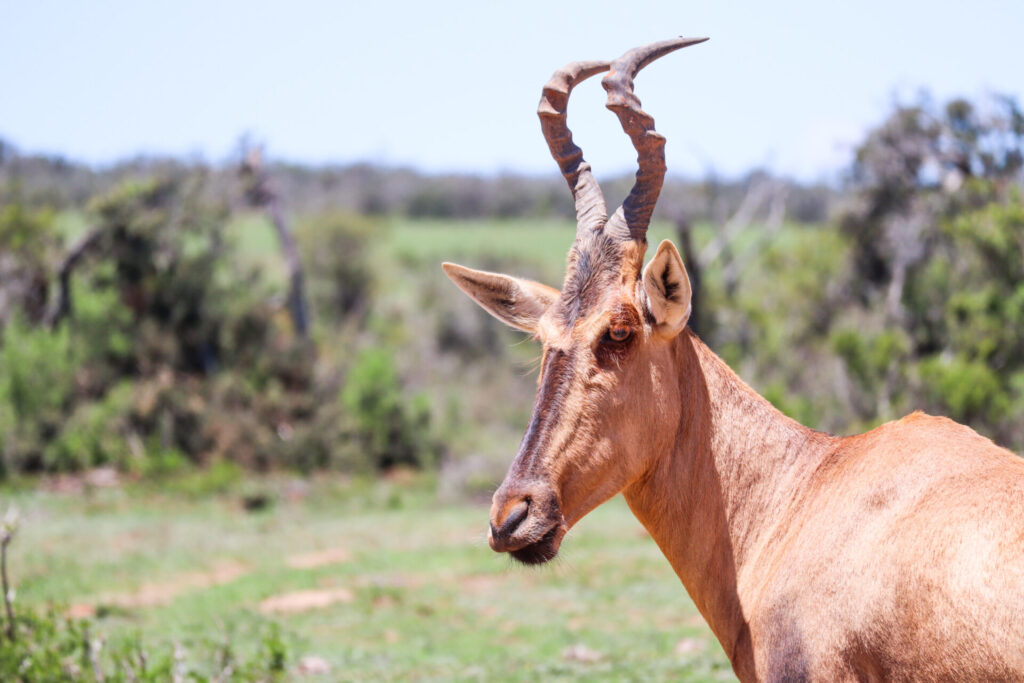
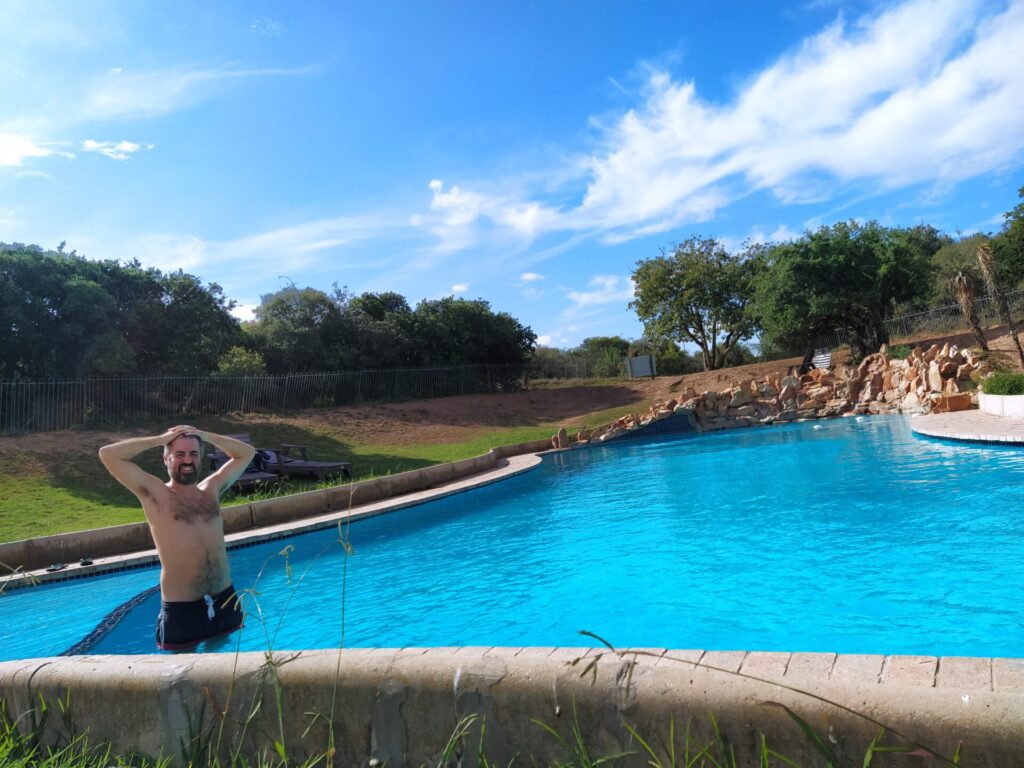
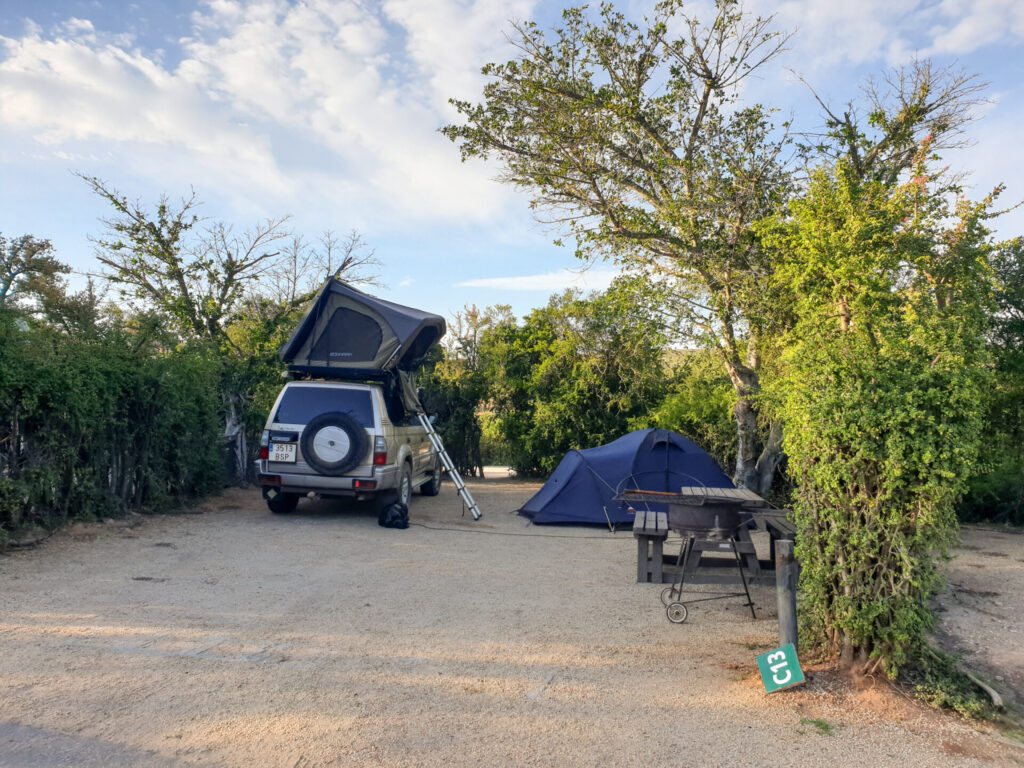
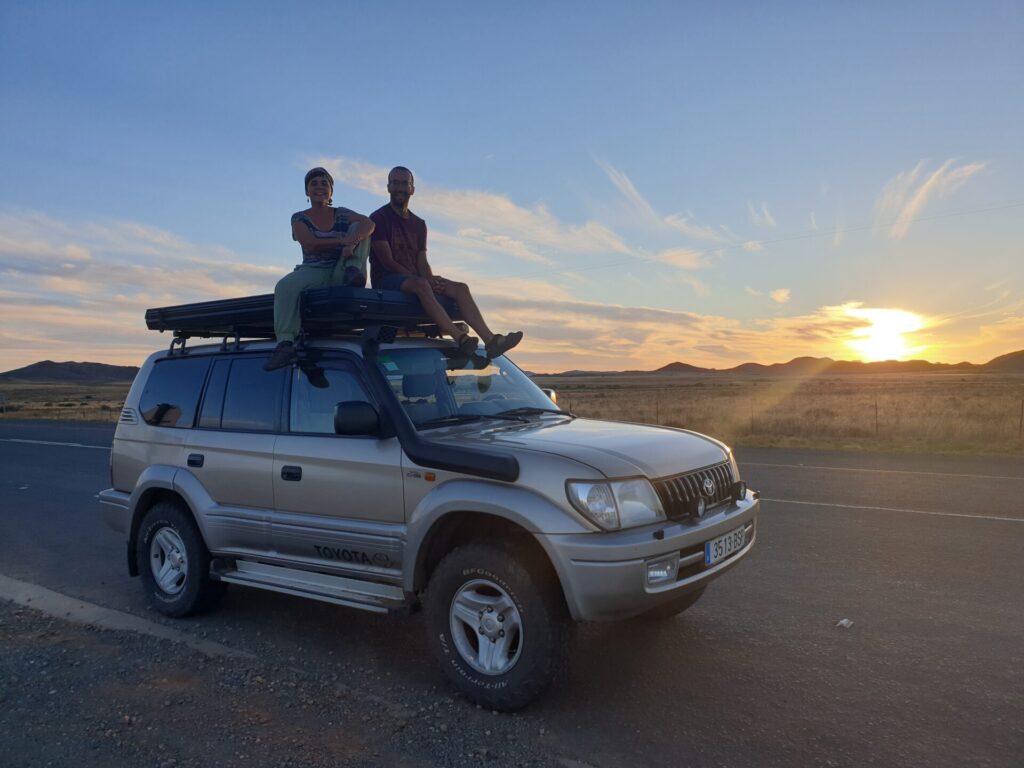

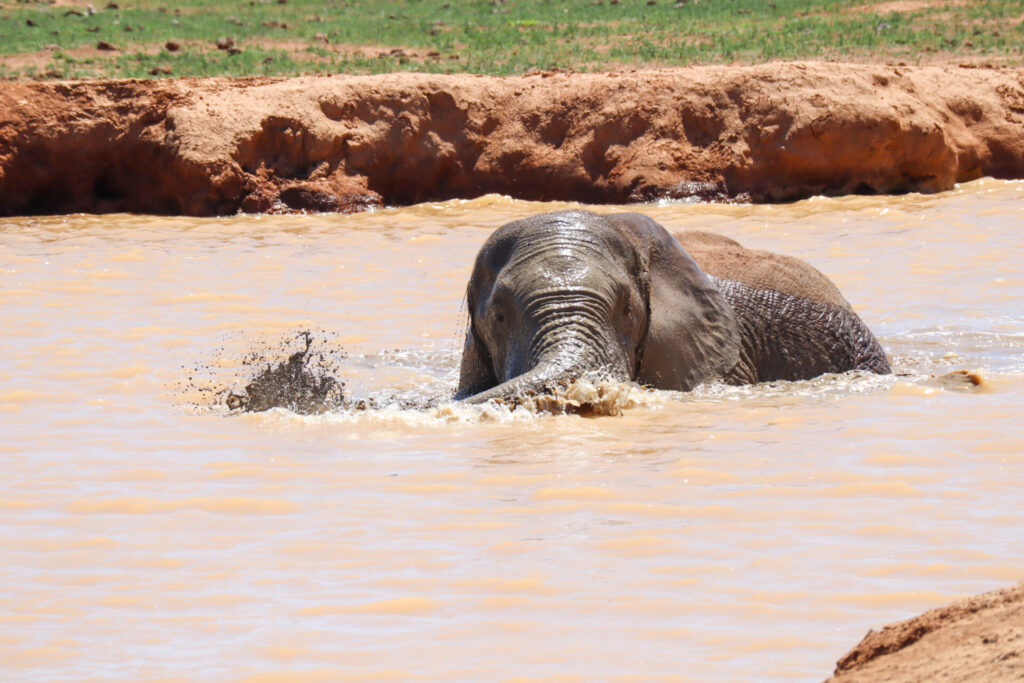

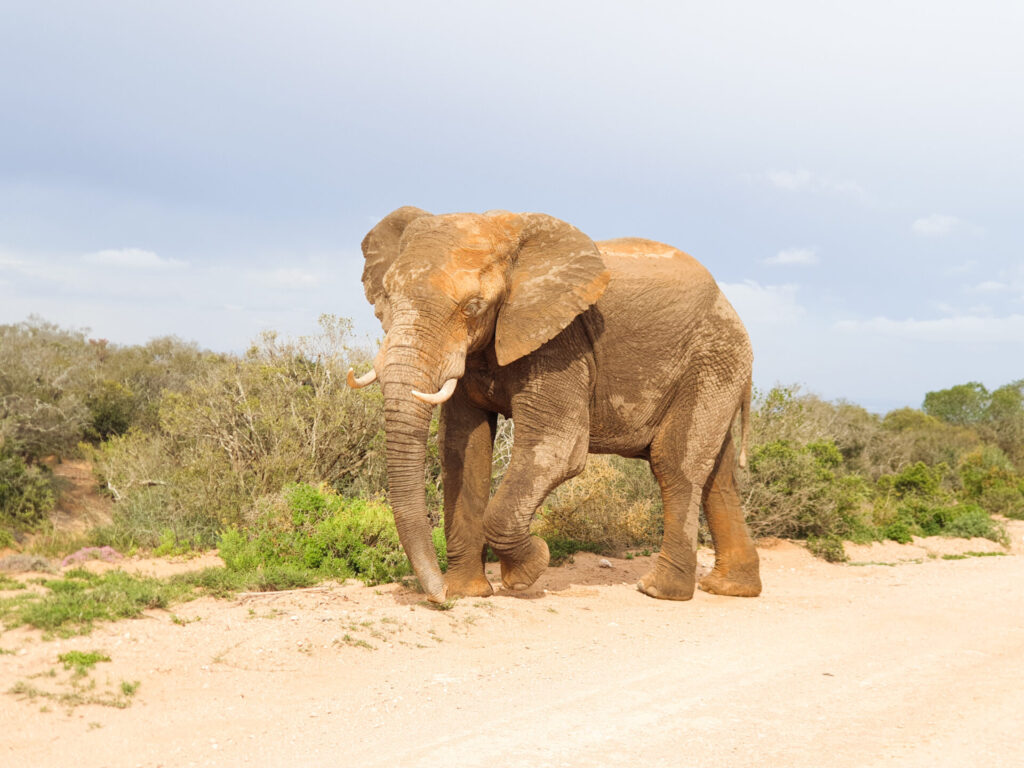
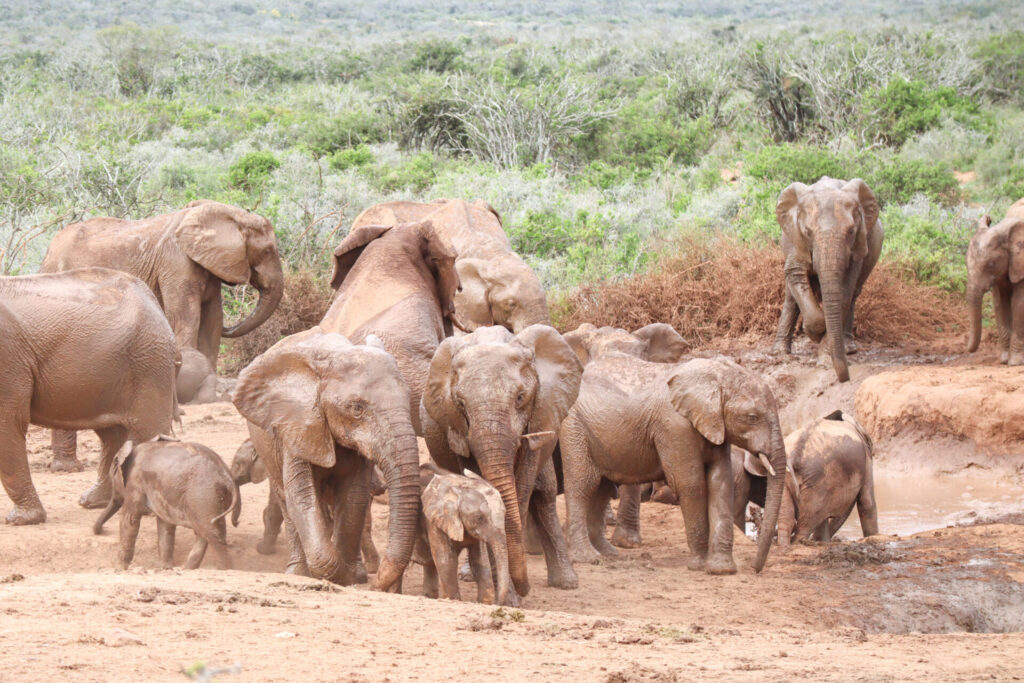
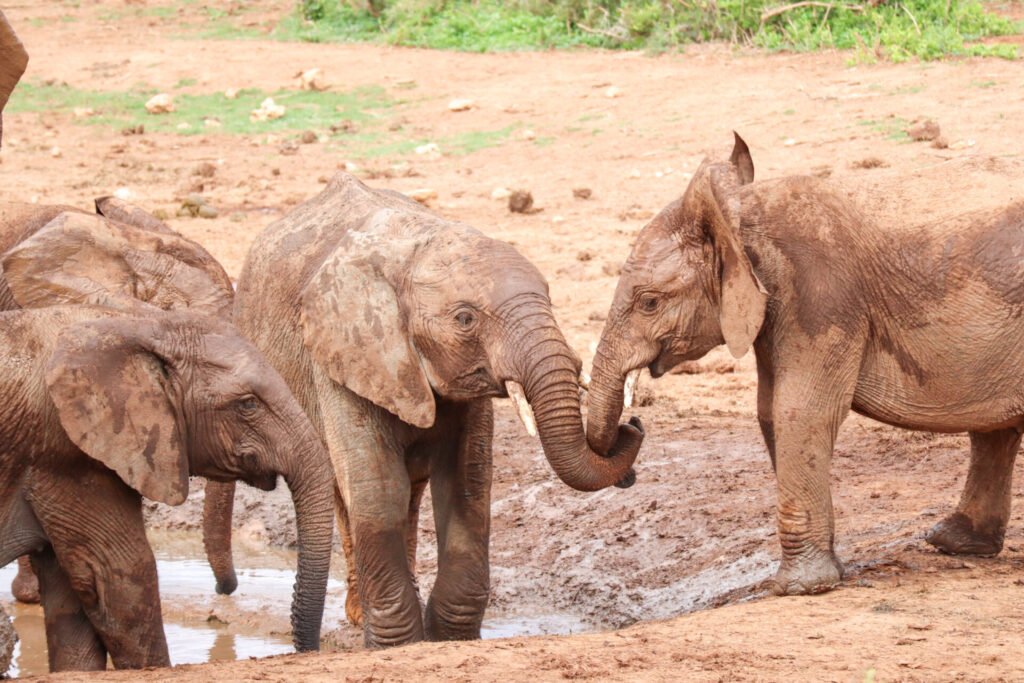
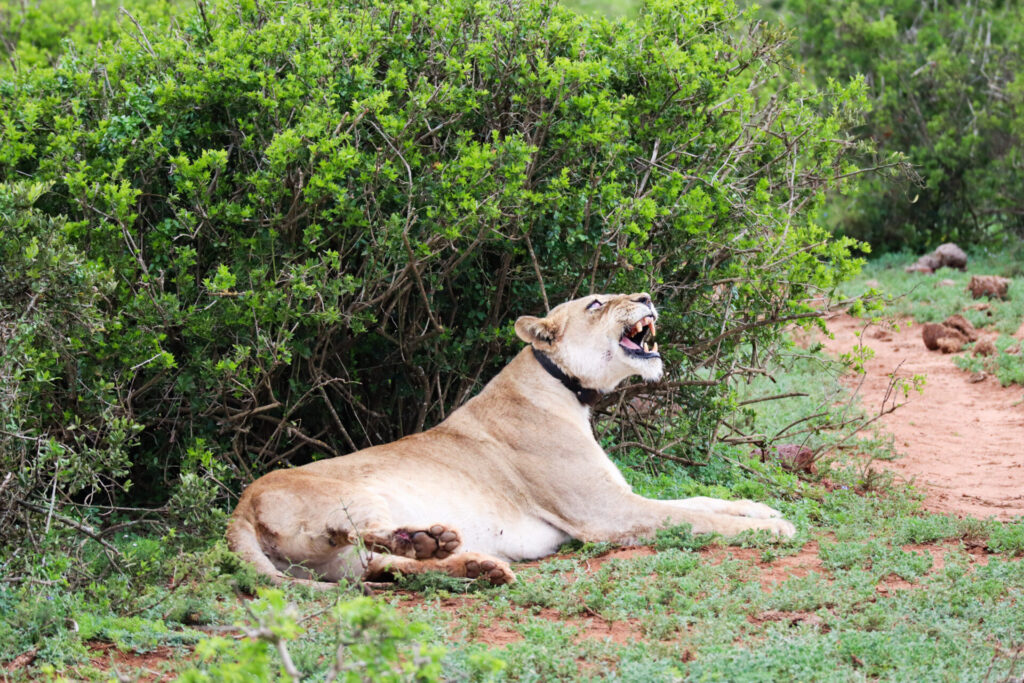

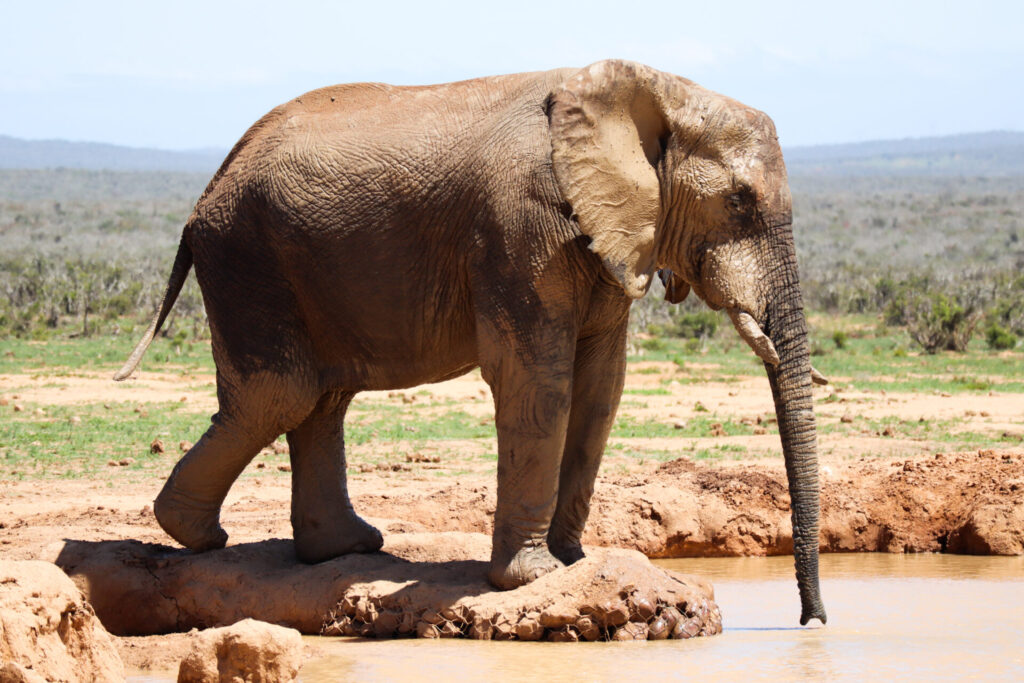
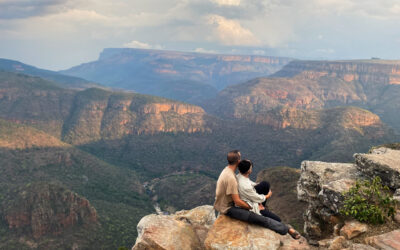

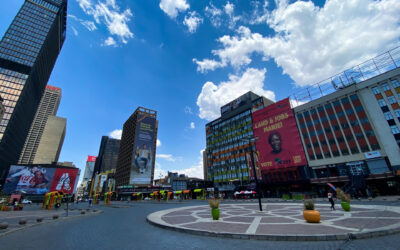
0 Comments